Box-Ironbark Birding in Nagambie

I fell in love with the Ironbarks and the Yellow-tufted Honeyeaters, so the property was as good as sold from the first visit.

I fell in love with the Ironbarks and the Yellow-tufted Honeyeaters, so the property was as good as sold from the first visit.

We wanted as natural a piece of bush as possible in the Maldon area and we have probably achieved that. The Walpeup block was purchased simply because we love the Mallee and wanted to have our own small slice of it.
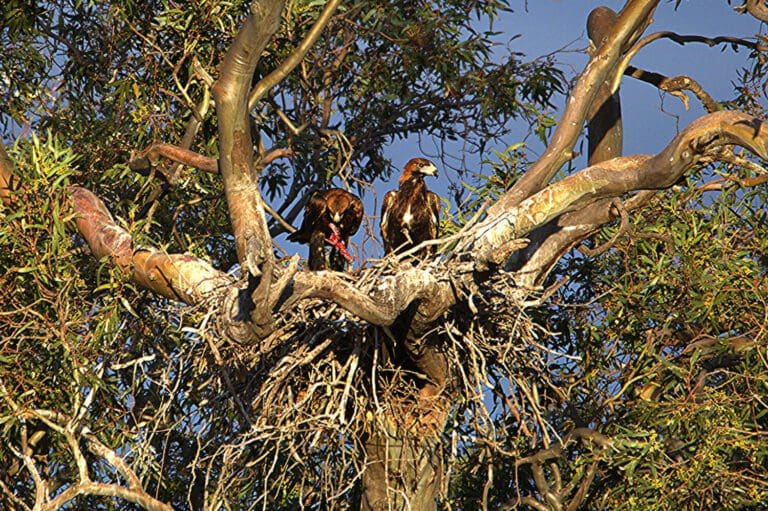
Our goals with the 100 acre Pine Grove property are to respect the indigenous history and to re-establish some understory to bring back some woodland birds. We would dearly love to see Plains Wanderers, Emu, Curlews and Goannas strut this land again.

Mallee Conservation is restoring habitat on Raakajlim and building awareness and appreciation of the plants, animals and habitat of the Mallee in northwest Victoria.

Catherine and Clive Carlyle are managing a 145-hectare property abutting the Grampians National Park. Morwell is home to rare flora and fauna species and has a High Landscape connectivity score.
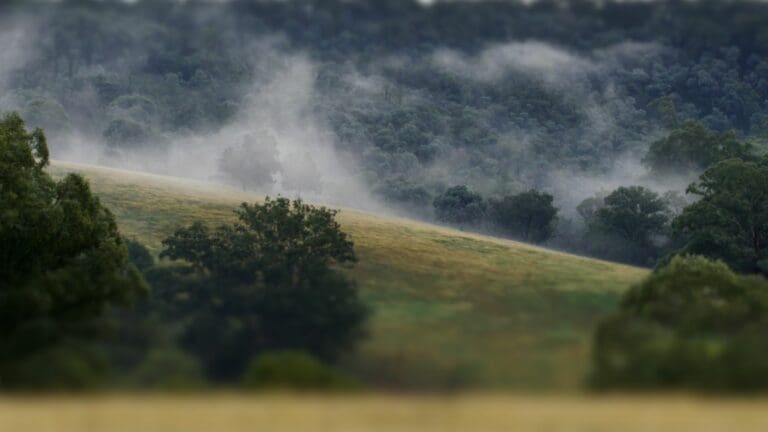
The Phillipson family are restoring and preserving over 1,000 hectares in the Avon Wilderness for future generations, with plans to hand over stewardship to the Traditional Owners.
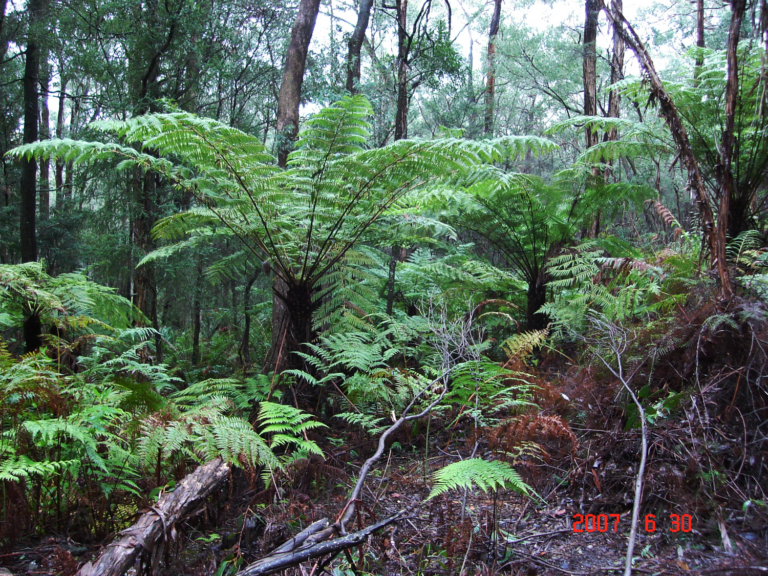
Acquisition of the covenant has given us peace of mind that the property will remain free from the threat of development now and into the future.

At first sighting, Denise described Sunday Morning Hills as ‘clapped out grazing land’, but we loved it. It has significant Buloke and Mallee forests, as well as large Grey Box and Yellow Gum trees, which are alive with birds, rare orchids, Yam Daisies, kangaroos and kookaburras.
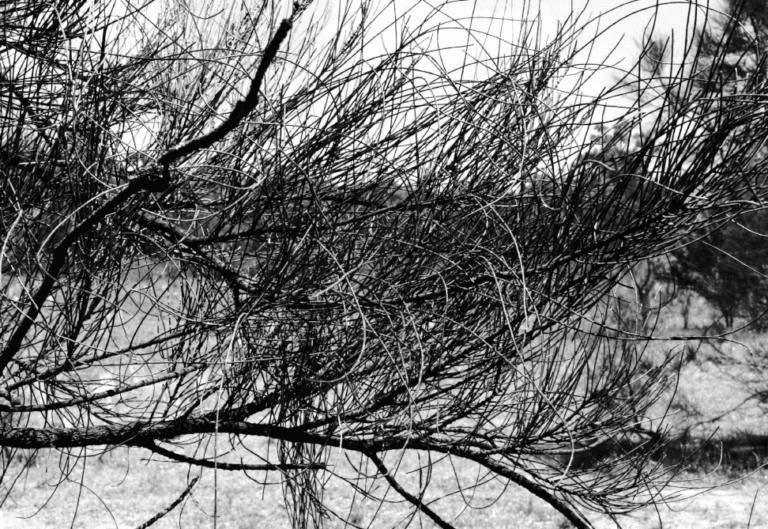
In setting aside this parcel of land for its environmental value I estimate that I have sacrificed hundreds of thousands of dollars over my lifetime. However, it is worth it to save rare and endangered species, including Buloke woodlands.
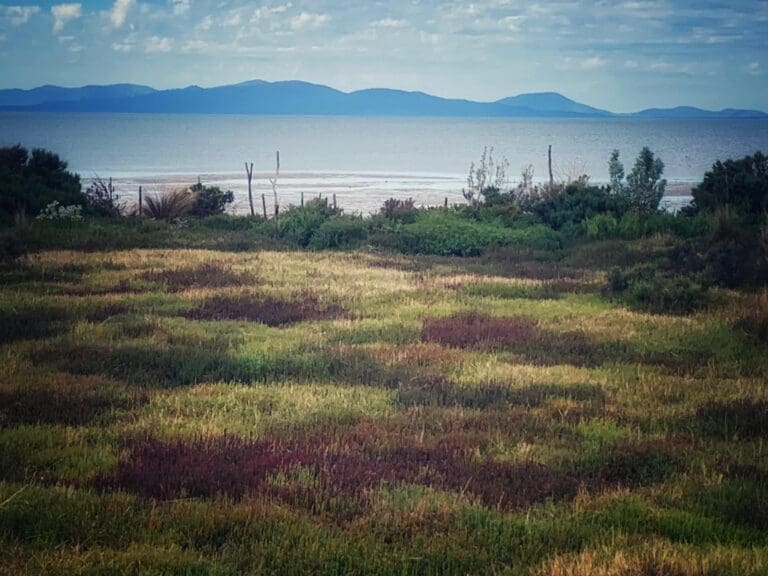
In 2008 we purchased 15ha of farmland on Corner Inlet, Gippsland, overlooking Wilsons Promontory. Over 30,000 plants covering 450 species of plants have been planted. The growth and variety of plants everywhere have been heart-warming.
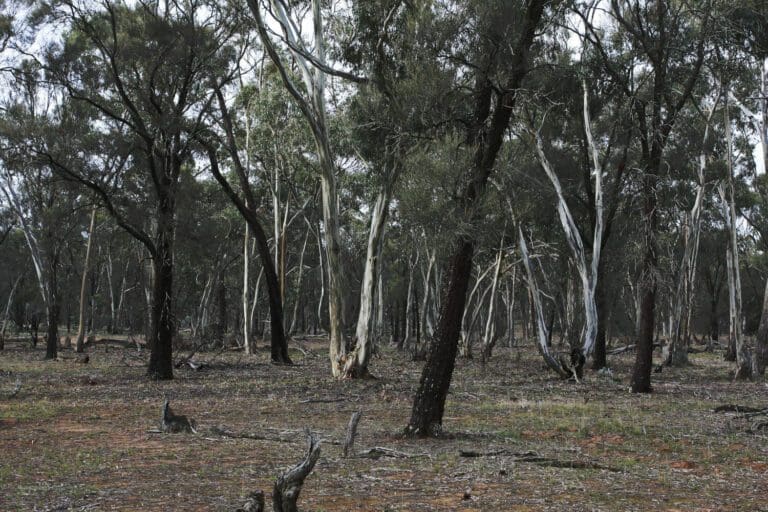
We get great pleasure from our covenanted land. Land management activities bring us into contact with neighbours and the southeast Wimmera community and association with natural landscapes is good for one’s health – physical, mental and spiritual.